Before jumping into what foods can heal muscle pain, let’s briefly talk about what causes muscle pain. Myalgia (muscle aches and pains) can occur within any age group but are usually not life-threatening. It is very common, and everyone has or will experience it at some point. Myalgia can occur in any area of the body since muscle tissues line nearly all areas of the body. In most cases, the pain can be treated without medical attention, however, sometimes the pain may suggest an underlying condition.
Jump to:
What causes muscle pain?
1. Stress
Stress is the body’s natural reflex to protect against injury and pain, and any form of psychological or physical stress can contribute to muscle pain. Stress also makes it difficult for the immune system to function properly. Individuals who are unwell or are immunocompromised may experience muscle ache as the body attempts to fight inflammation or disease.
2. Poor nutritional status
A diet lacking essential nutrients can contribute to muscle aches and pains. For example, vitamin D is essential for muscles to function correctly. It also aids calcium absorption, which is important to prevent hypocalcemia (low blood calcium). Hypocalcemia negatively affects the muscles and bones. Vitamin D is found in oily fish, eggs, and mushrooms to name a few. Make sure you reach the recommended daily vitamin D intake for adults, which is 400-800 IU.
Being in a dehydrated state can worsen existing muscle pain, especially when exercising. This is because the cells need water to function properly, and if the cells are dehydrated, this ultimately affects muscle function. Dehydration also reduces blood flow to the muscles, which can cause muscle cramps. The recommended water intake for adults is 6-8 glasses per day, so be sure to meet the daily water requirement.
3. Injury, sprains, and strains
Injury to the body can cause muscle soreness. Depending on the severity of the injury, the pain can be treated by over-the-counter (OTC) medication (e.g., paracetamol, ibuprofen, Nurofen) or it may require medical attention.
4. Physical activity
Performing high-intensity exercises or even just simple movements using an incorrect form can cause muscle pain.
Muscle pain (known as delayed onset muscle soreness) is also common with exercise if it is your first time performing the exercise, if you increase the intensity or lengthen the duration of the exercise, or if you don't warm up before exercising and stretch after the exercise.
5. Infections, diseases, and hereditary conditions
These infections can contribute to muscle pain:
- Respiratory infections, such as the common cold, the flu, and fever.
- Malaria is caused by the transmission of the Anopheles mosquito, a parasite.
- Trichinosis: caused by worms present in undercooked meat e.g., pork.
- Rocky Mountain Spotted Fever: caused by a tick bite, which can be fatal.
Autoimmune diseases and other conditions, such as myositis, lupus, fibromyalgia, chronic fatigue syndrome, and hypothyroidism can also contribute to muscle pain.
Foods for healing muscle pain
1. Cottage cheese
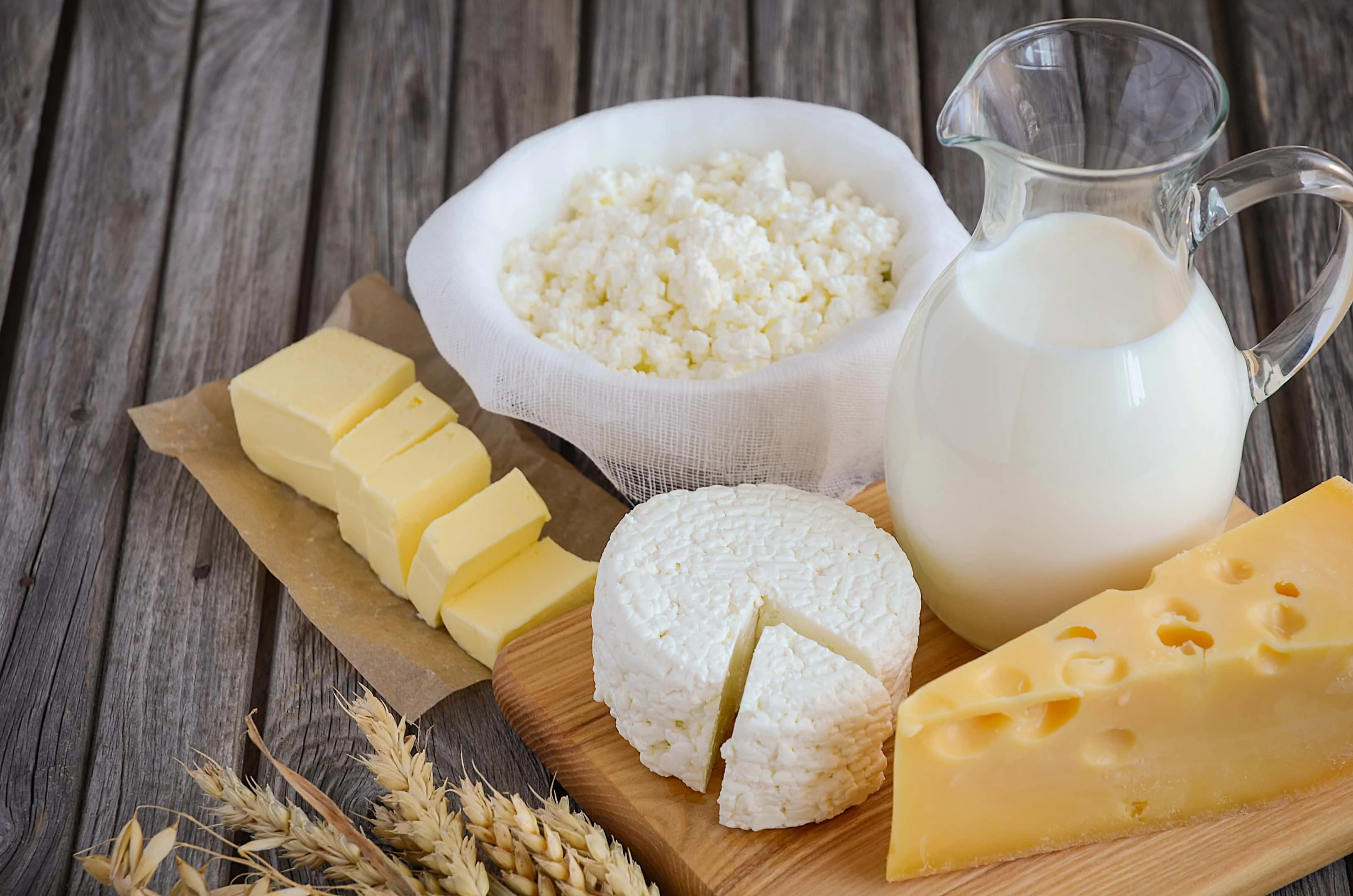
Cottage cheese is a popular post-workout snack among athletes and gym-goers. It is a great source of casein, a slow-digesting protein that helps to reduce muscle soreness while asleep.
With 23g protein per cup of cottage cheese, casein has been reported to boost muscle synthesis in athletes overnight. Cottage cheese is also abundant in leucine, the amino acid important for building and maintaining muscle.
Cottage cheese can be eaten with yogurt, fruits, and nuts, or used to make creamy smoothies or to increase the protein content of baked goods.
2. Tart cherries
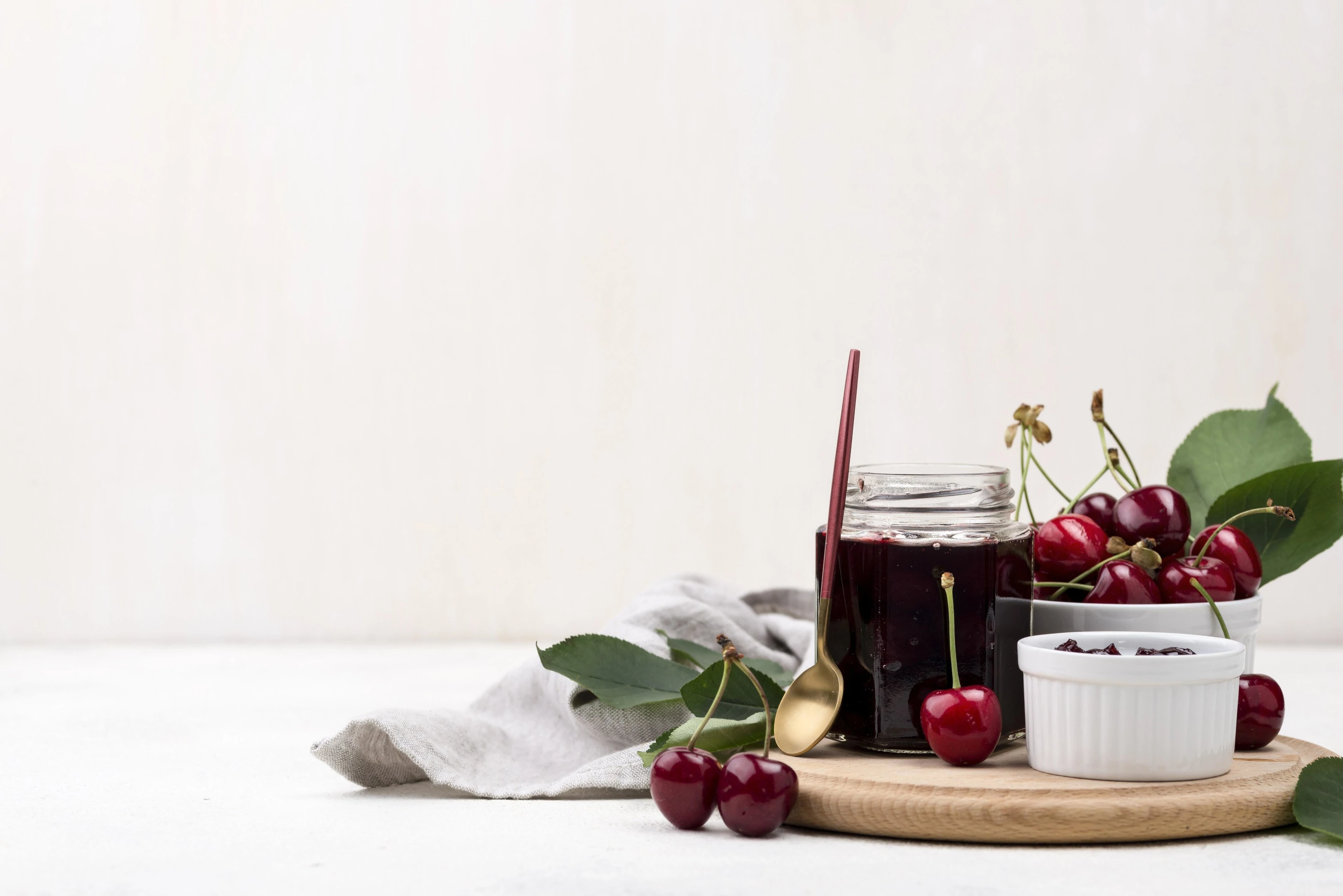
Tart cherry juice can reduce muscle pain, muscle damage, and can speed up muscle recovery. The anthocyanins present in cherries are responsible for this beneficial effect — they are phytonutrients that help to relieve pain. Anthocyanins function in a similar way to Nonsteroidal anti-inflammatory drugs (NSAIDs e.g., aspirin) which are common among athletes. They stop inflammation from happening and prevent pain enzymes from functioning.
Add cherries to your diet by eating them alone as a snack, in smoothies, on oats, or yogurt.
3. Watermelon
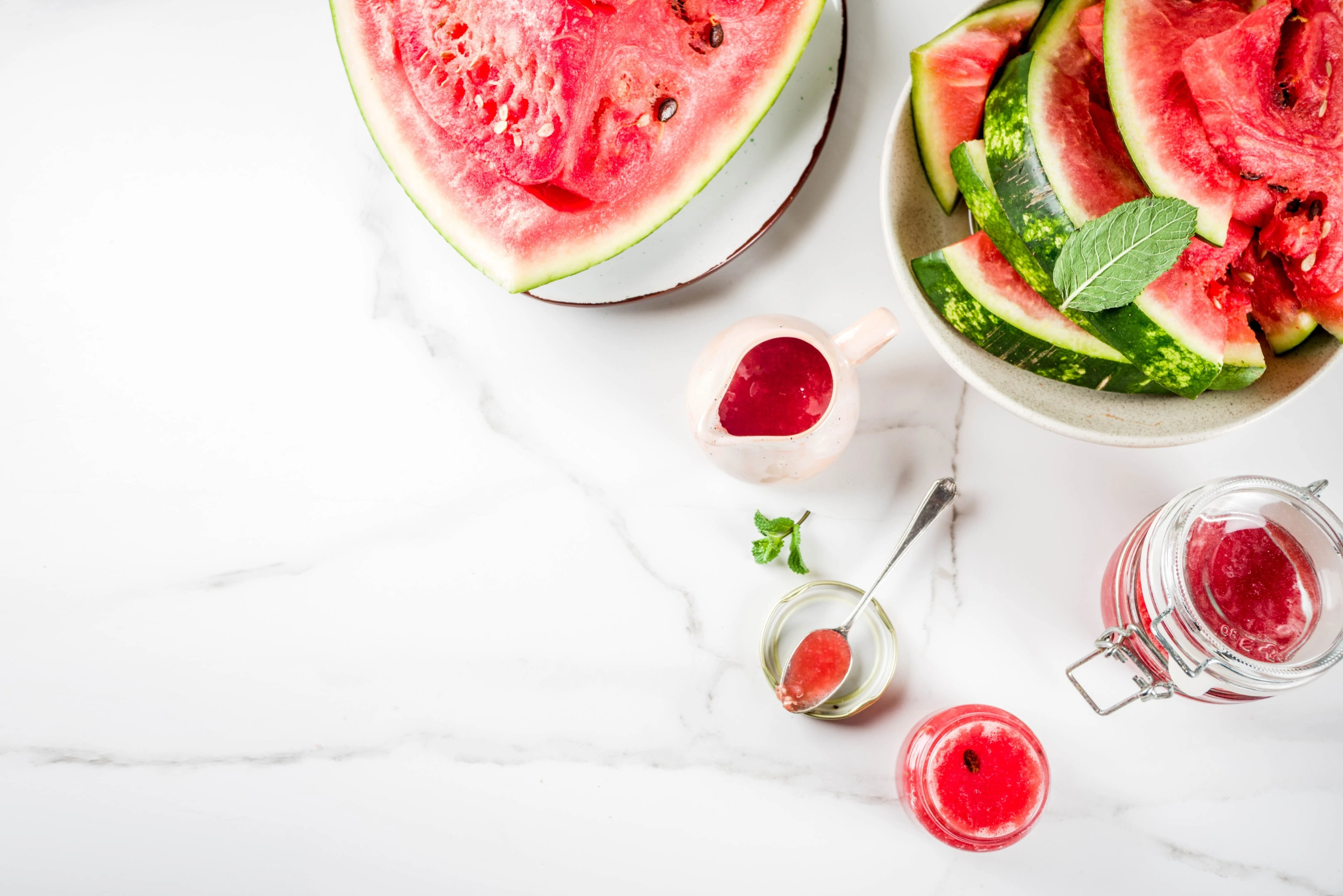
Watermelon is a sweet and refreshing tropical fruit that is packed full of water and nutrients. The high water content of watermelon makes it great for improving hydration and reducing dehydration, especially when experiencing muscle soreness.
The high vitamin C content of watermelon also makes it useful for reducing inflammation.
A study done on athletes reported that drinking watermelon juice (that contains watermelon rind) after exercise helped to balance heart rate quicker and reduced post-exercise muscle soreness. This is due to the high content of l-citrulline present in watermelon juice.
Watermelon can be enjoyed on its own, in smoothies, or on crunchy salads.
4. Eggs
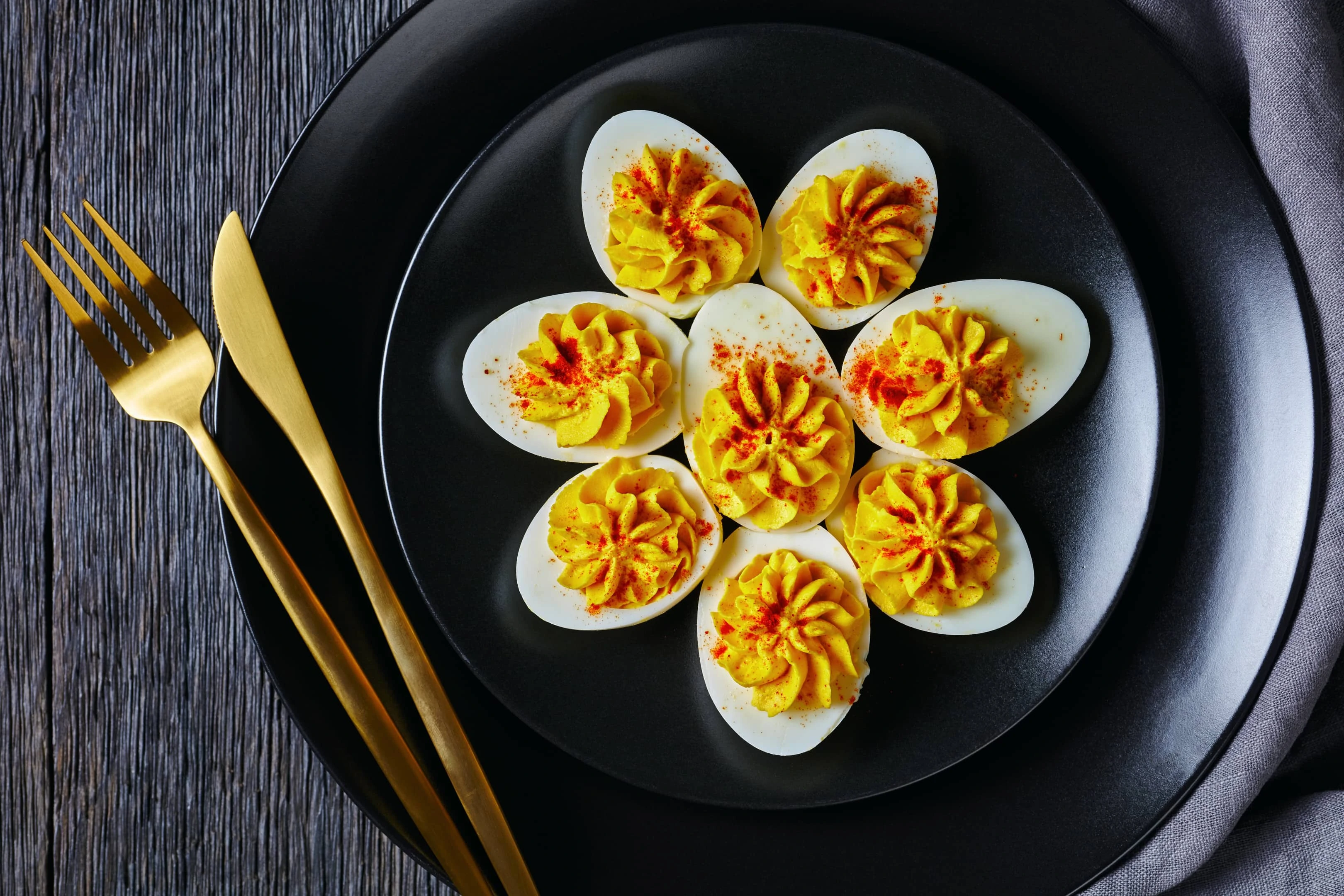
Eggs are an excellent source of high biological value protein (meaning that the protein in eggs is easily absorbed by the body). We all know that protein is essential for building and maintaining muscles, so it shouldn't come as a surprise that consuming protein-rich foods such as eggs after intensive exercise may help reduce the chances of getting delayed onset muscle soreness.
More importantly, eggs contain leucine, an essential amino acid that has been proven to stimulate muscle protein synthesis.
5. Bananas
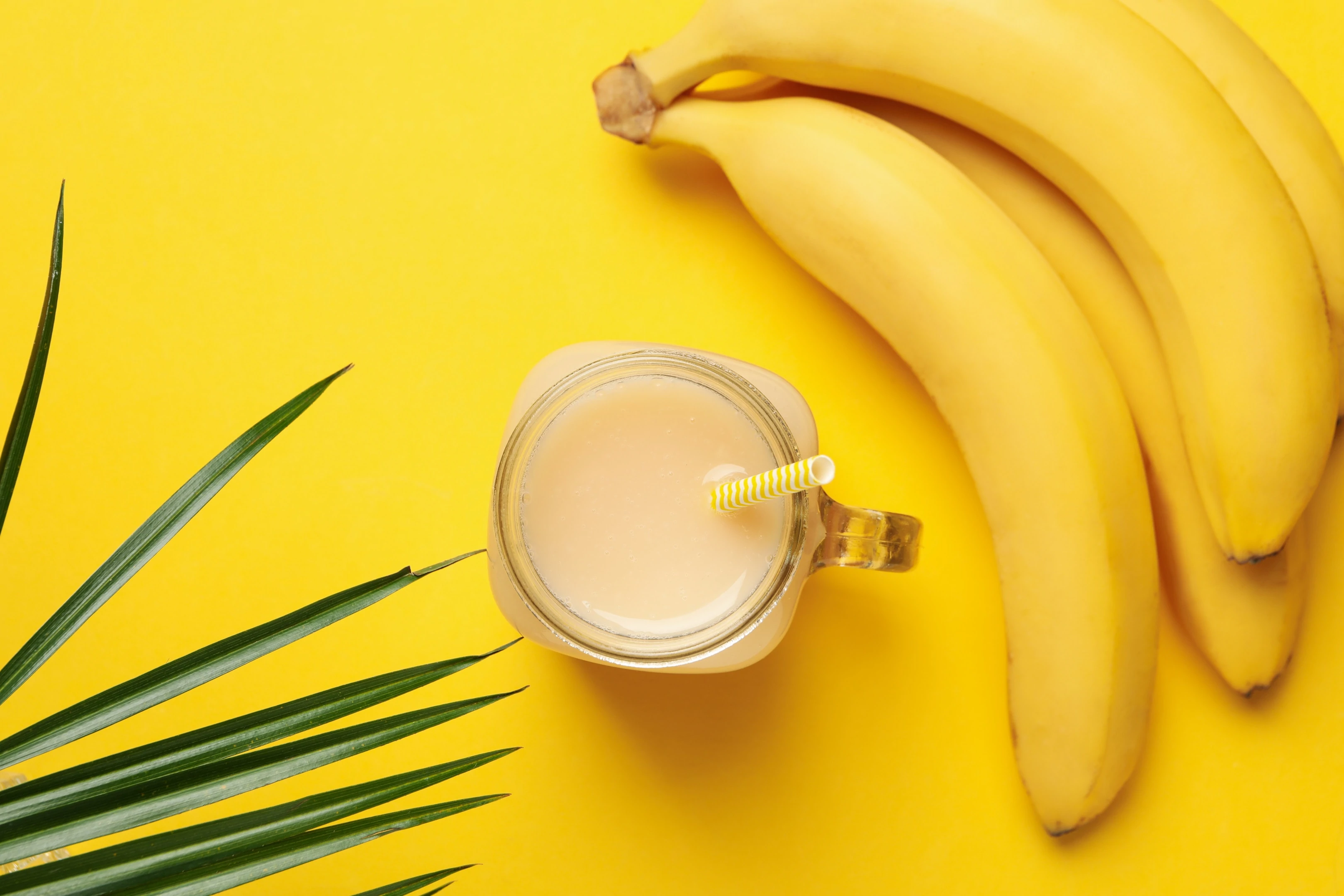
Bananas are an excellent source of potassium, a mineral that has potential benefits in reducing exercise-related muscle soreness. Eating a banana before exercising can help to prevent muscle cramps, which gets rid of the need to ease post-exercise muscle pain.
The recommended daily potassium intake is 3,500 mg per day, although many Americans don't meet this recommendation. It's easy to include bananas in your diet, just add them to smoothies, breakfast oats, on their own, or with peanut butter as a quick snack.
6. Turmeric
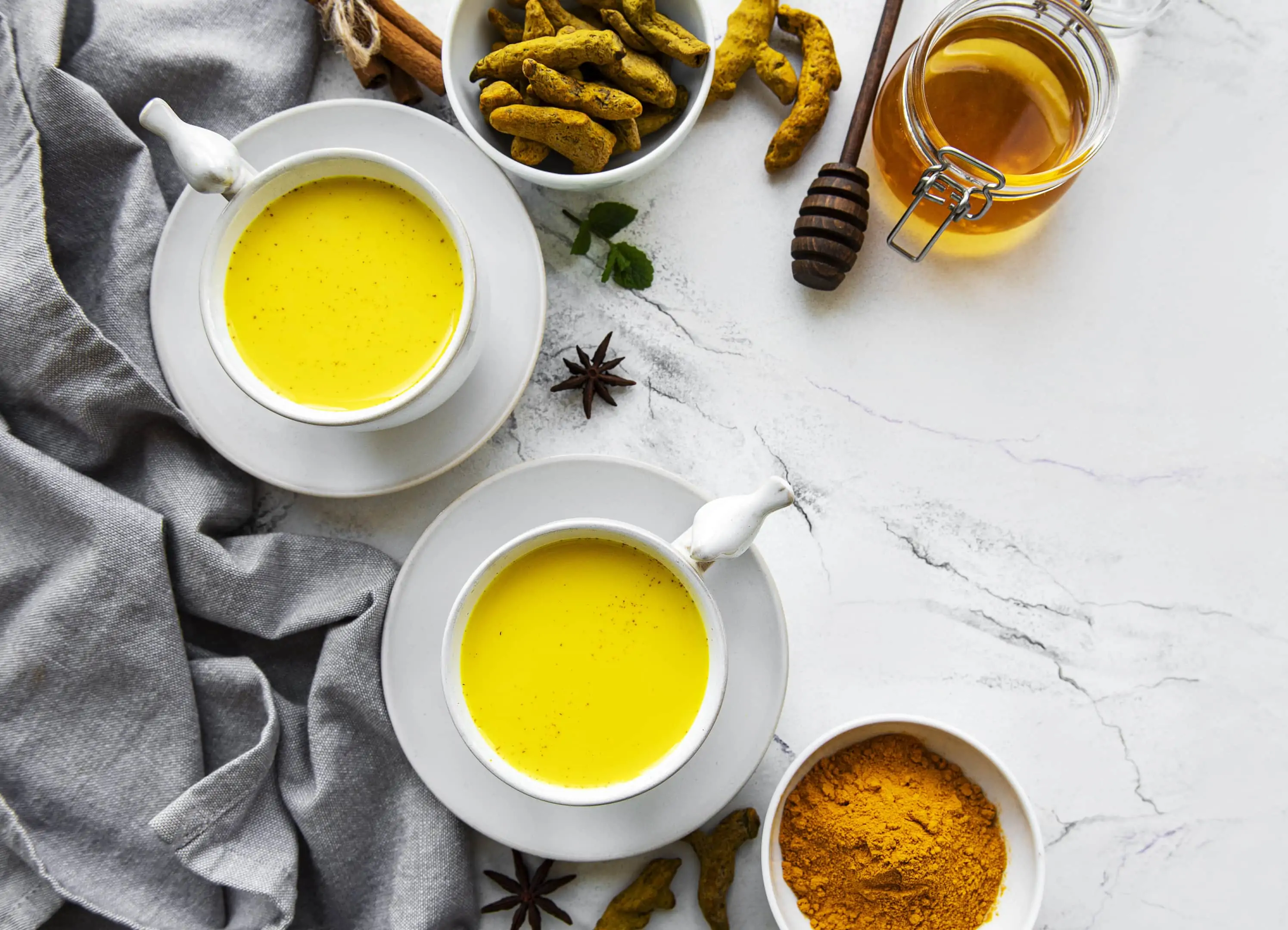
It seems like turmeric can just about cure everything! Research has found that the curcumin component of turmeric may reduce the pain associated with DOMS, and other injuries, and speed up muscle recovery.
Turmeric makes a great addition to breakfast oats, teas, smoothies, coffee, turmeric latte (also called golden milk — a combination of milk, turmeric, and ginger).
7. Coffee

Speaking of coffee! Coffee has been shown to significantly reduce post-exercise muscle pain when consumed an hour before exercising. Be careful not to overdo it though, about a cup or two of coffee will do the trick!
8. Cooked spinach and cruciferous vegetables
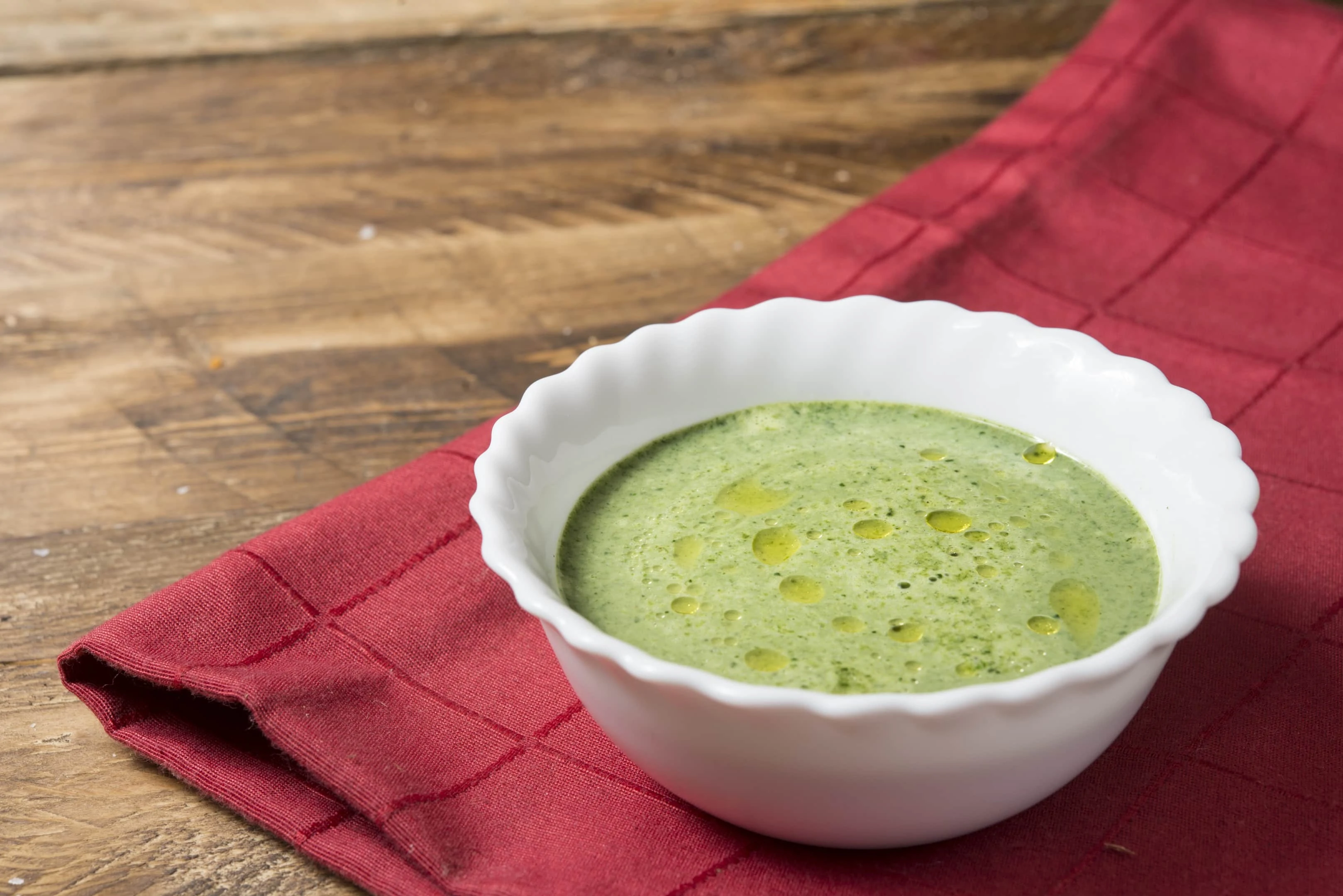
Spinach and cruciferous vegetables such as broccoli, kale, and cabbage are antioxidant-rich vegetables that not only help to prevent cancer and heart-related conditions but also help to strengthen the muscles and speed up post-exercise recovery. The magnesium component of these vegetables helps the muscles and the nerves to function properly.
These vegetables can be enjoyed in the form of salads, smoothies, pasta, or roasted with salt, pepper, garlic, and olive oil as a side dish.
9. Oily fish
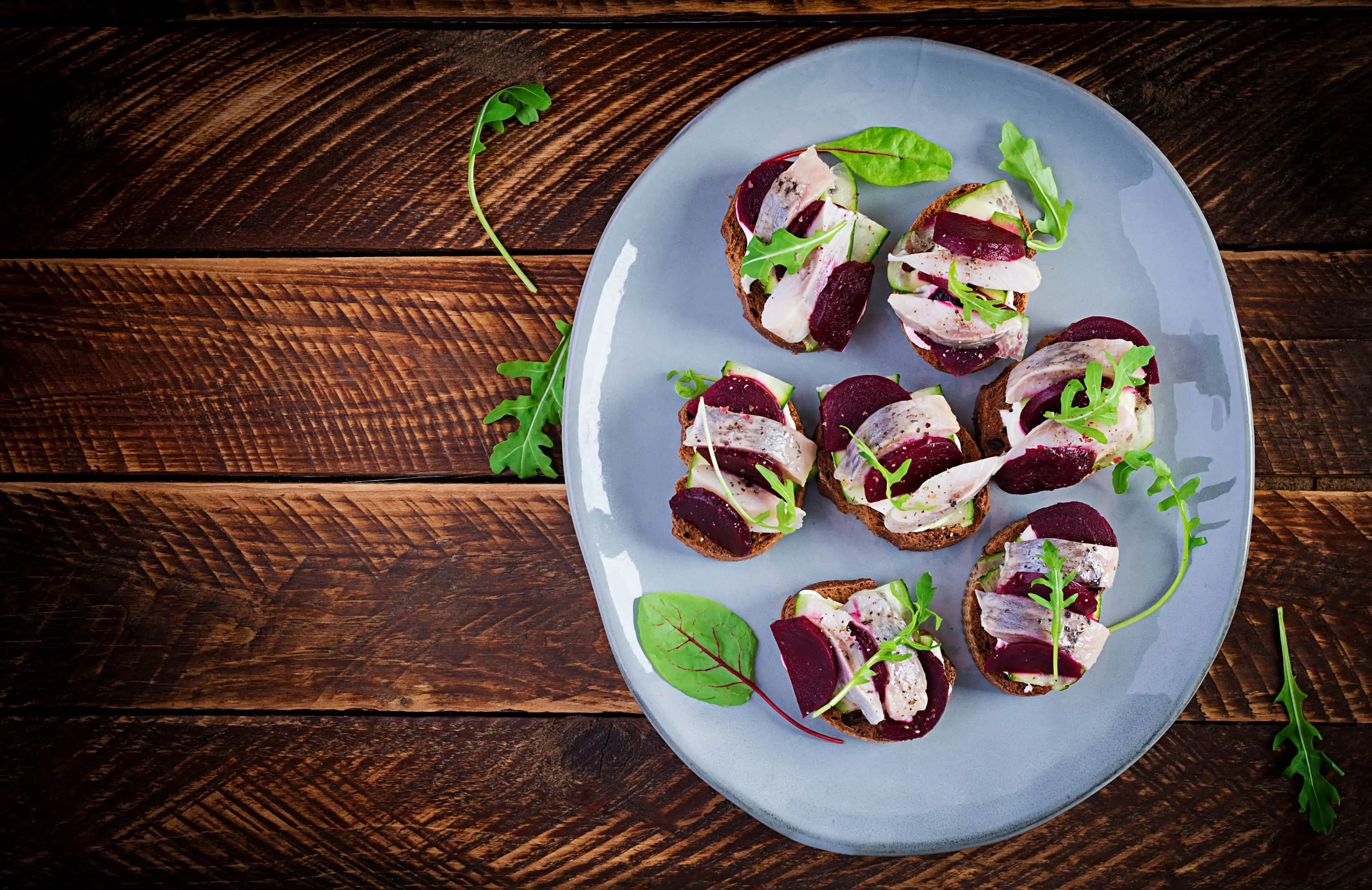
Aside from their high protein content, which is beneficial for muscle building and recovery, oily fish such as salmon, sardines, and herring are also excellent sources of omega-3 fatty acids. Omega 3’s are well known for their anti-inflammatory benefits. Since muscle pain is a form of inflammation, oily fish is, therefore, beneficial for muscle pain.
To enjoy the full benefits of omega 3 fatty acids, supplements are recommended. For anti-inflammatory effects, aim for 2,000-3,000 mg/day. For pain in the neck and back area, aim for 1,200 mg or more per day.
10. Dried spices
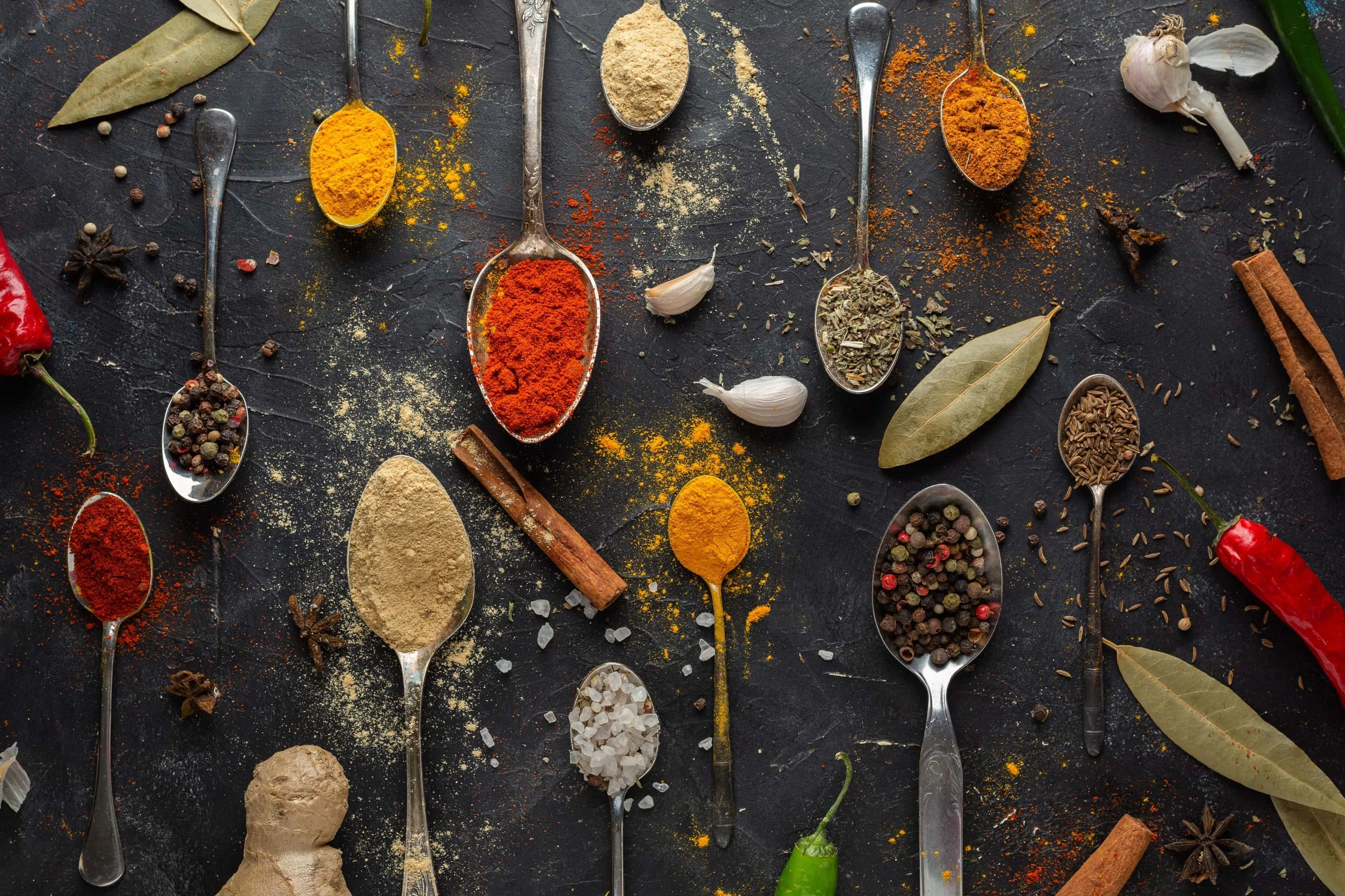
One study in 2013 found that female athletes who were prescribed 3g of powdered cinnamon or ginger per day for 6 weeks experienced significantly lower muscle pain after exercise than women who have not prescribed the spices.
A 2010 study found that ginger, both raw and cooked, contributed to the reduced pain experienced by athletes after performing an eccentric exercise.
While this is not a go-ahead to eat a box of cinnamon rolls, you can use this as an opportunity to add a generous amount of cinnamon to your breakfast oats, lattes, and smoothies. Fresh ginger can be used to make ginger tea, or in lemonade with lemon juice.
11. Green tea
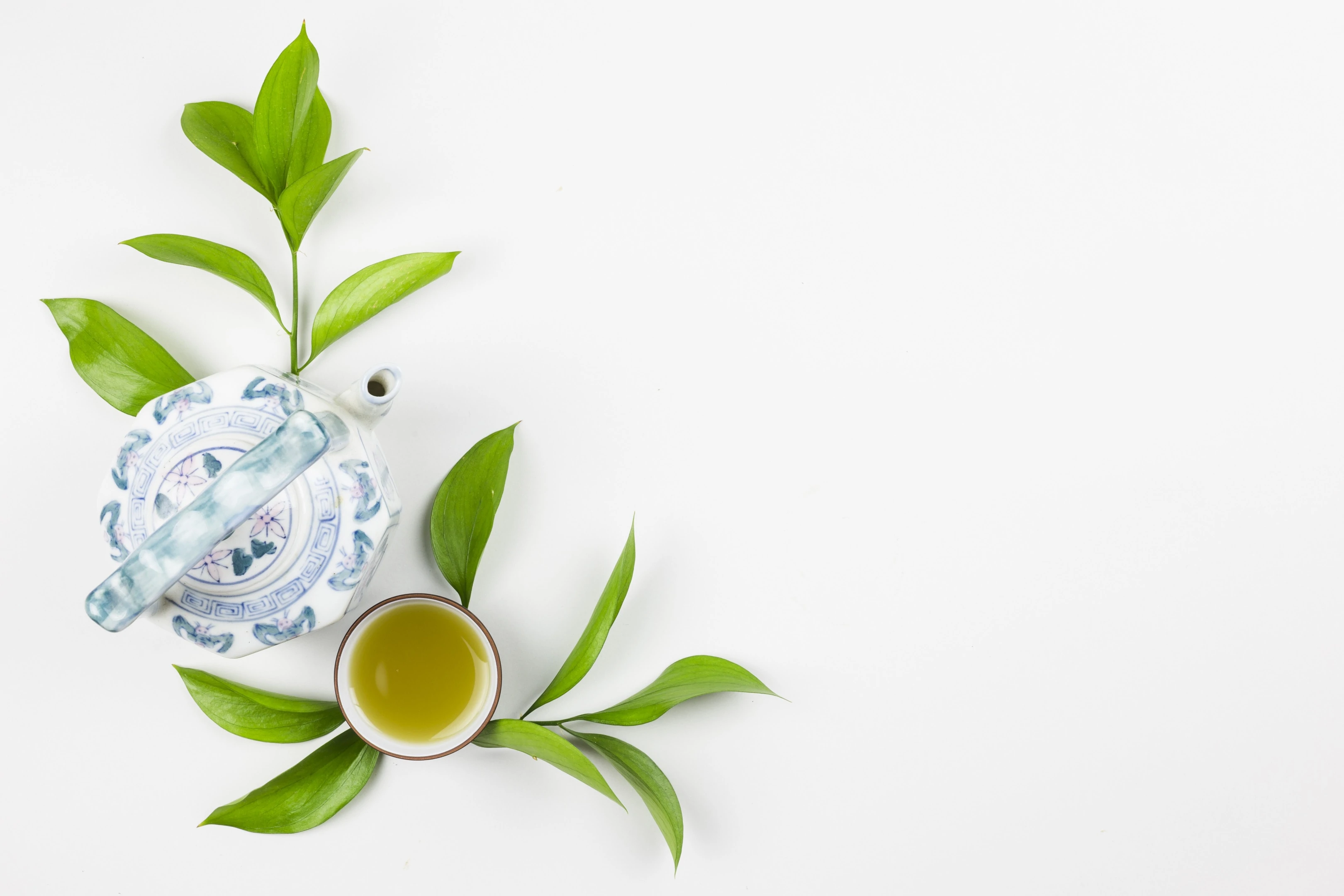
Green tea contains powerful antioxidants, which makes it a great workout drink both pre-and post-exercise. It is abundant in anti-inflammatory compounds that can help maintain muscle health and prevent exercise-related muscle damage. It also has the bonus of improving hydration!
12. Pomegranates and beetroot
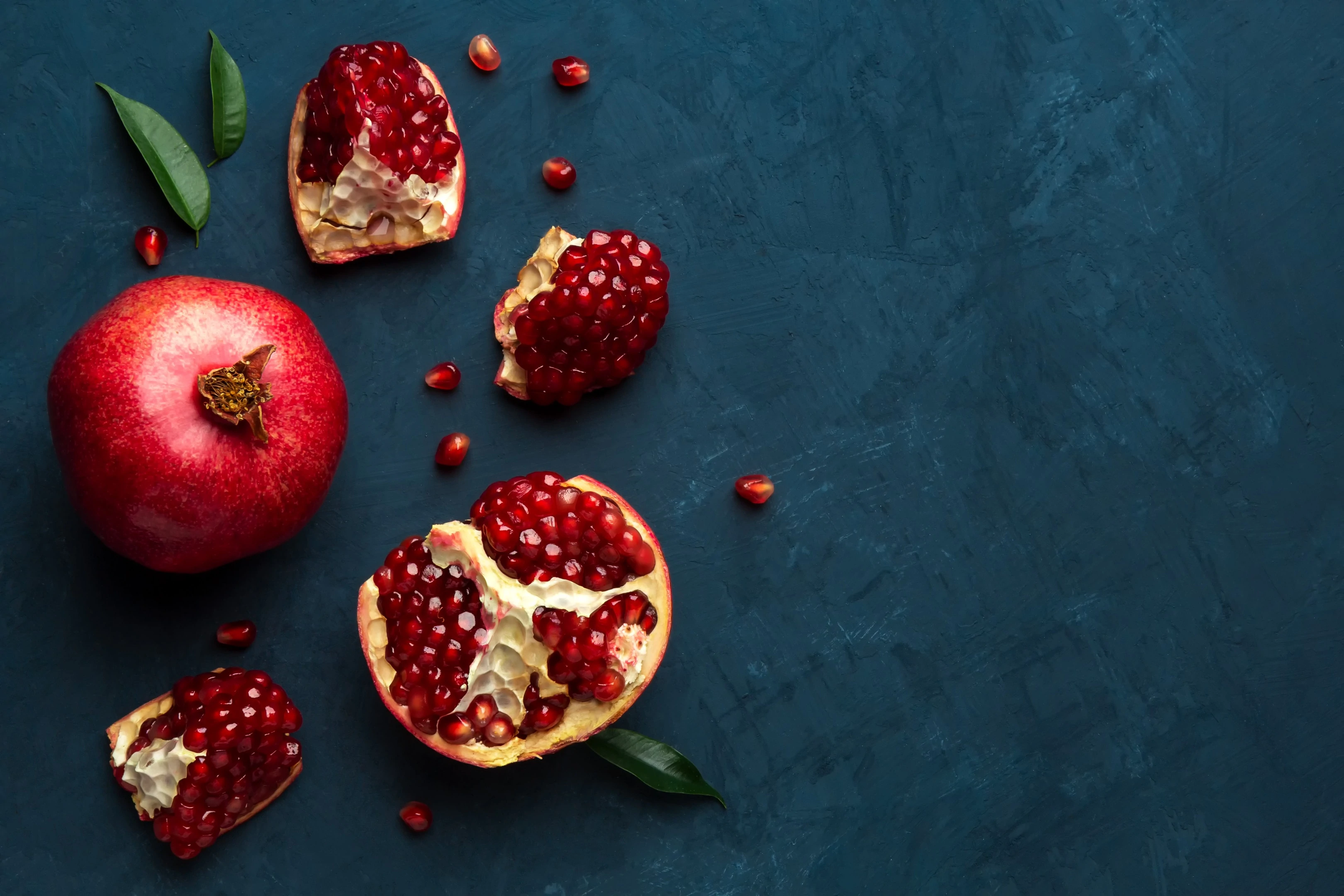
Pomegranates and beetroot are rich in powerful antioxidants and phytonutrients that can help to prevent and reduce muscle soreness following intense exercise. Both of these fruits make an excellent addition to smoothies, yogurts, and crunchy salads.
Limit your consumption of these foods if you have sore muscles
These foods may contribute to pain, stiffness or trigger an inflammatory response which will worsen any existing condition.
1. Sugar
Try to reduce your sugar intake, particularly on days you exercise. Added sugars have been reported to promote inflammation, while natural sugars from fruits, vegetables, and whole grains do not.
Reduce your intake of carbohydrate-rich foods as they are full of refined sugar and don't offer much in terms of nutrition. Instead, load up on complex carbohydrates such as oats, pumpkin & sesame seeds, lentils, and kidney beans.
2. Salt
Cut down on salt in your diet. Excessive salt intake can create electrolyte and mineral imbalances in the body. This harms hydration levels and muscle and joint function. Instead, try to season your meals with fresh herbs and spices, which offer an added anti-inflammatory effect.
3. Alcohol
Alcohol can cause the cells to become dehydrated, which leads to muscle pain and cramps. It can also negatively affect the flow of blood and post-injury recovery.
Useful tips to prevent sore muscles
- Practice yoga and meditation regularly to relieve stress.
- Drink plenty of water, more so on your active days.
- Always warm up properly, using dynamic movements to stretch your muscles before performing any physical activity. The same goes for after exercising; be sure to incorporate a cooldown that targets the muscles worked.
Conclusion
Foods that can help with muscle pain are not always the ones you’d expect. The foods listed above provide a range of nutrients to help fight muscle pain in different ways. Some work by increasing circulation or reducing inflammation while others improve nerve function or promote better sleep quality. It is important to remember that these items may be more beneficial when paired with other treatments such as physical therapy, rest breaks, massage therapy, stretching exercises and so on. If your myalgia persists after trying these suggestions out for some time then it would be worth chatting with a medical professional about getting an accurate diagnosis.

A writer passionate about wellness, nutrition, and intentional living. She creates engaging, research-based content that empowers readers to live healthier lives. Through every article, she brings clarity, inspiration, and a touch of everyday practicality. Read more about Juliana.

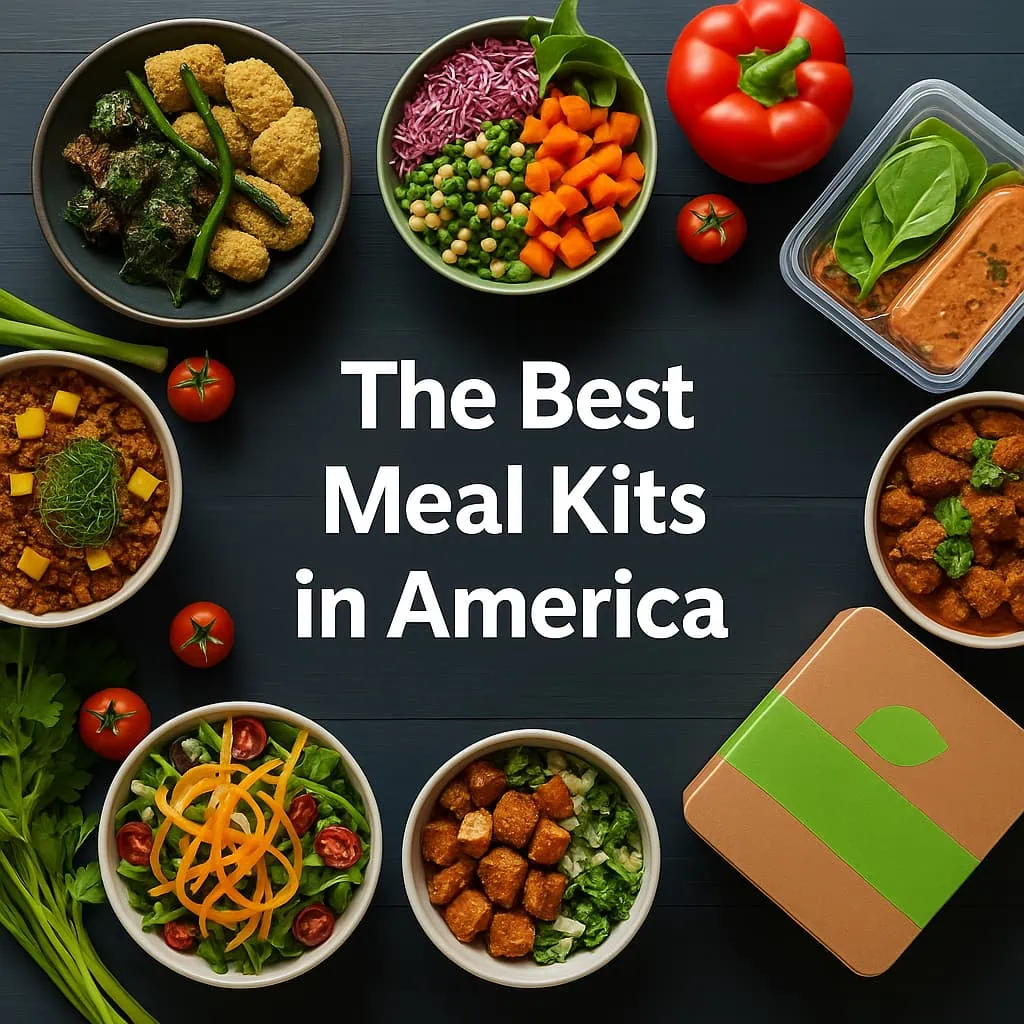
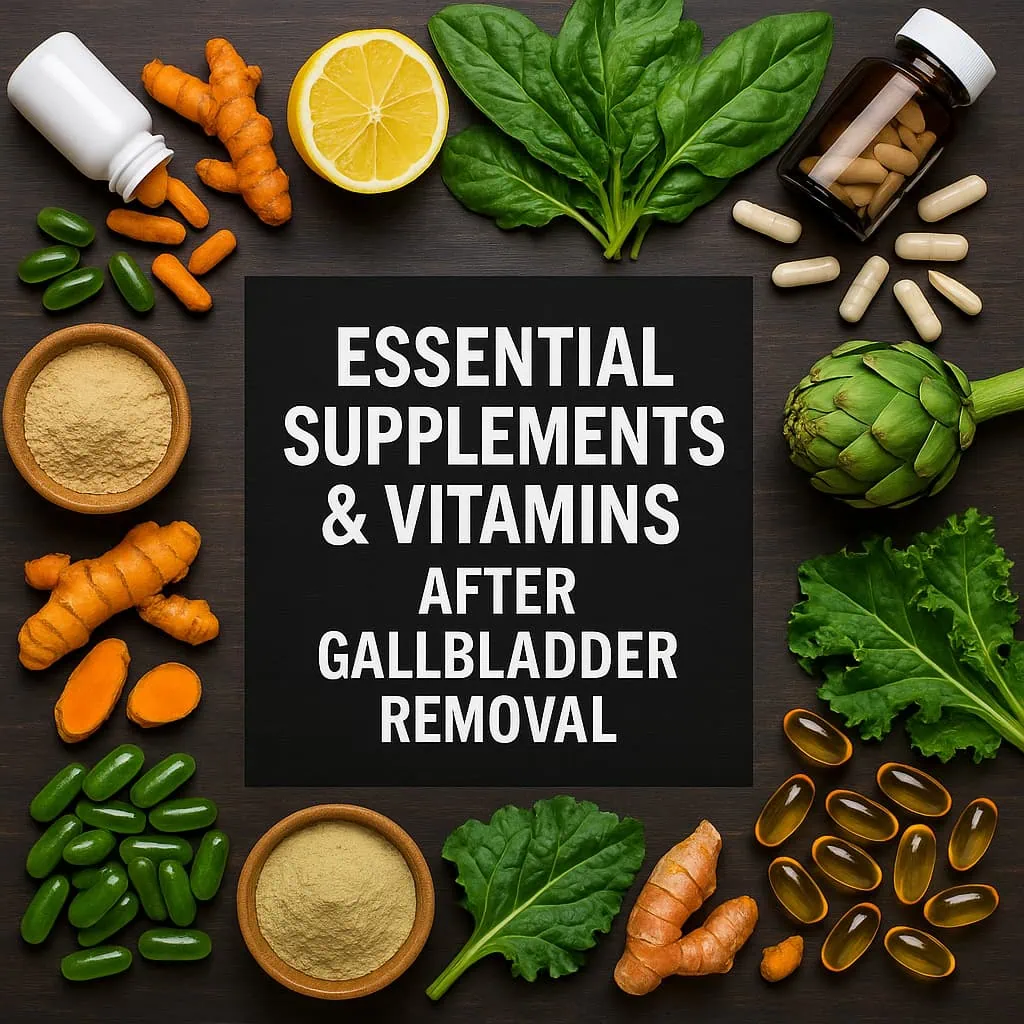
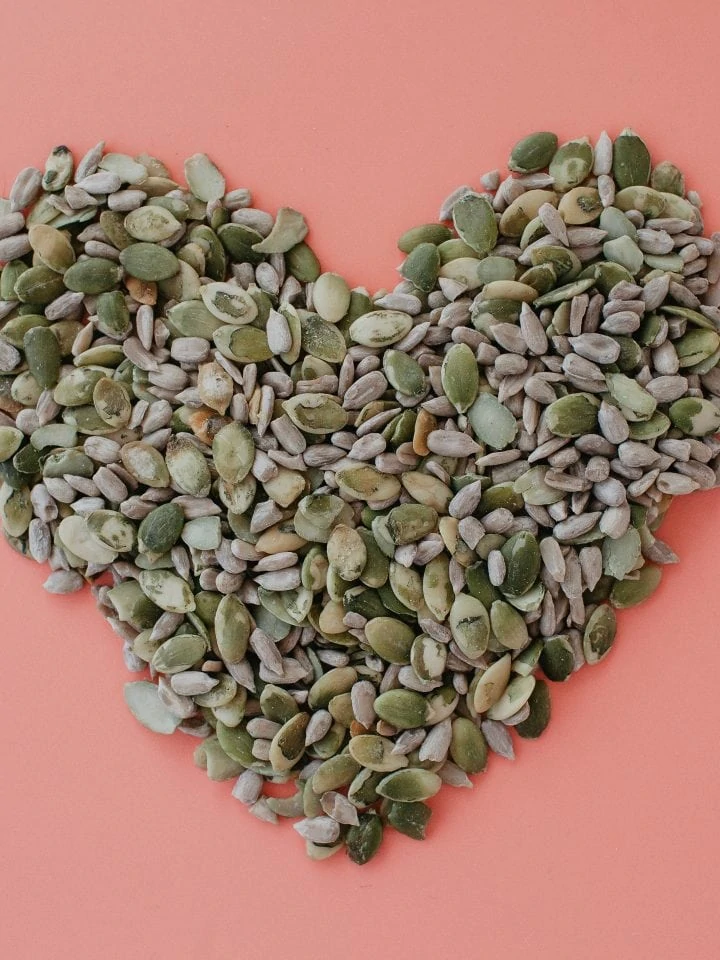
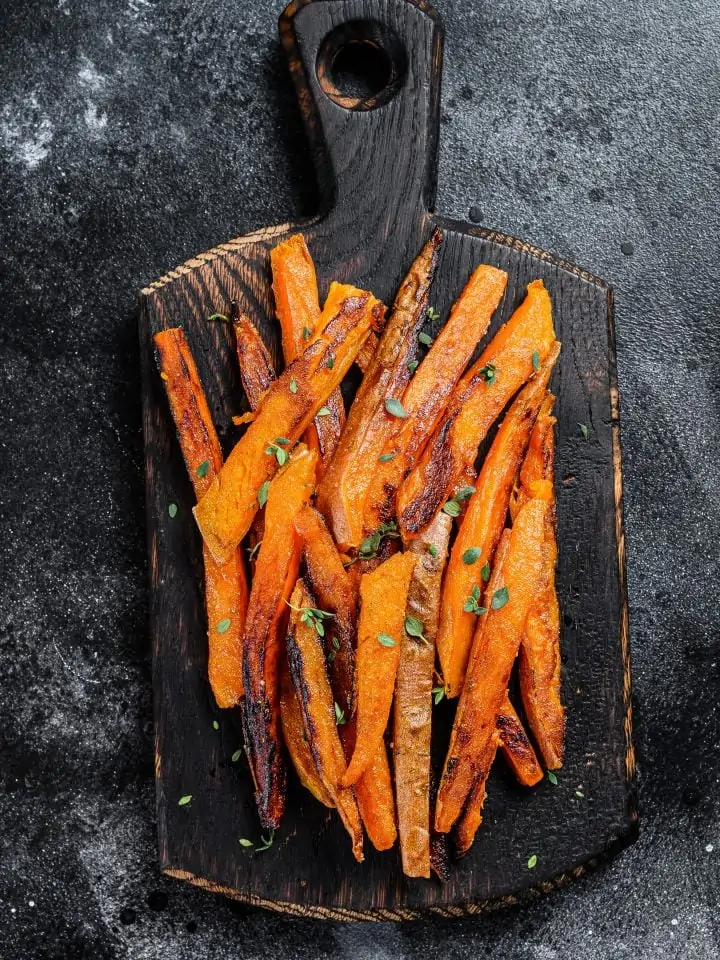
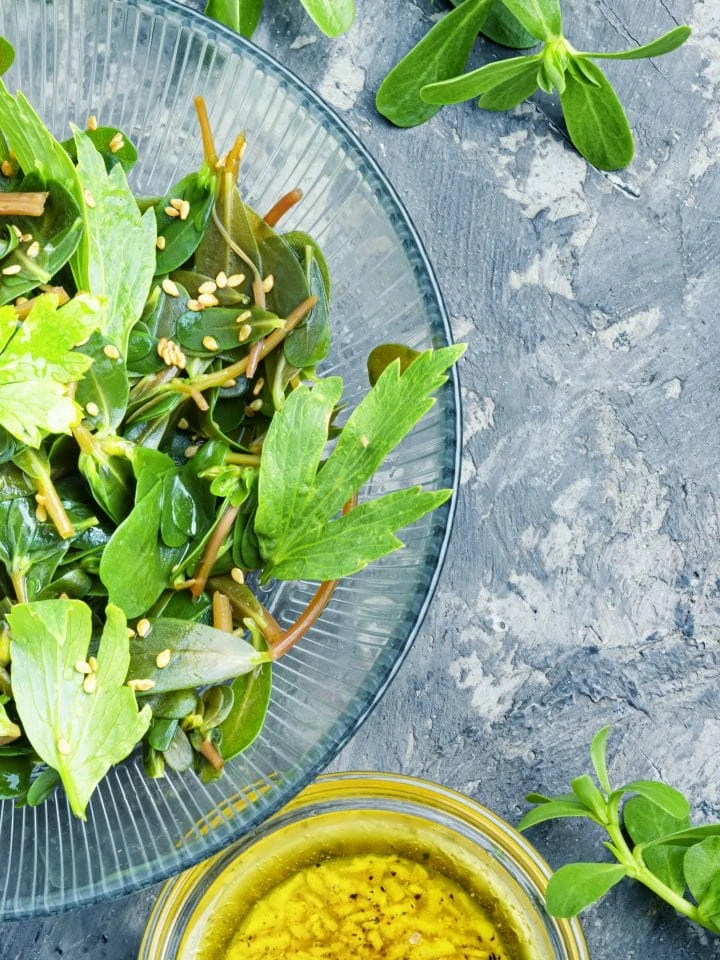
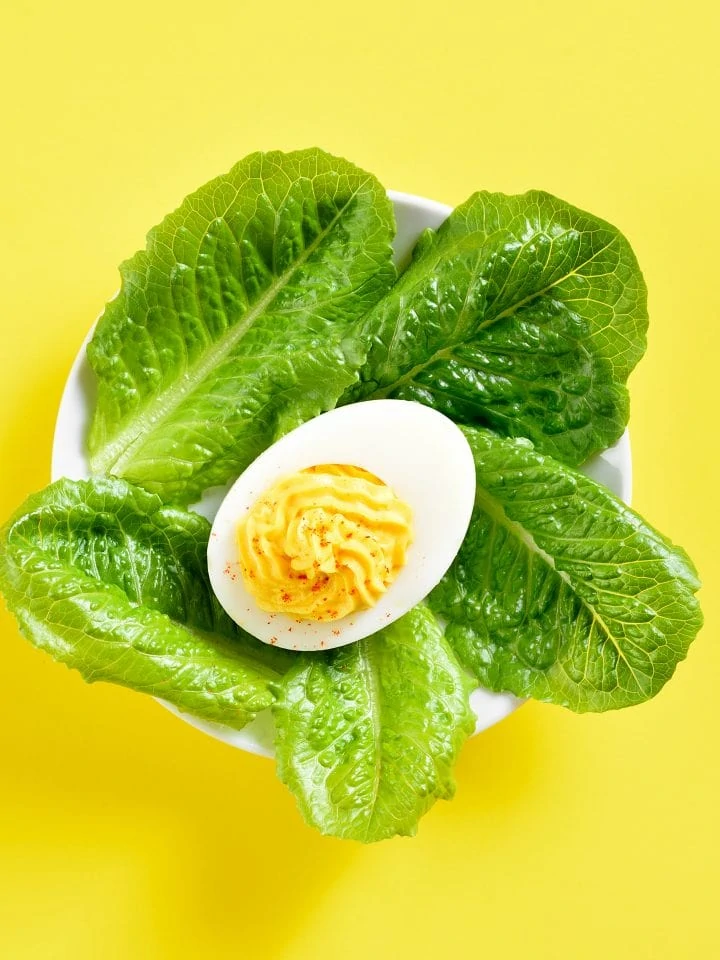
Comments
No Comments